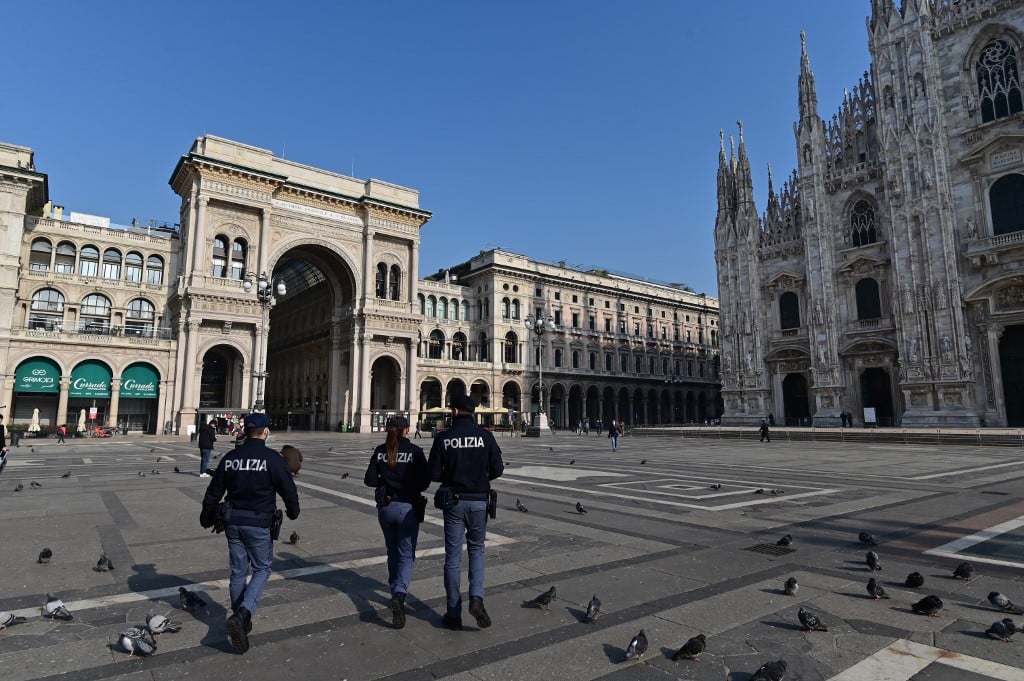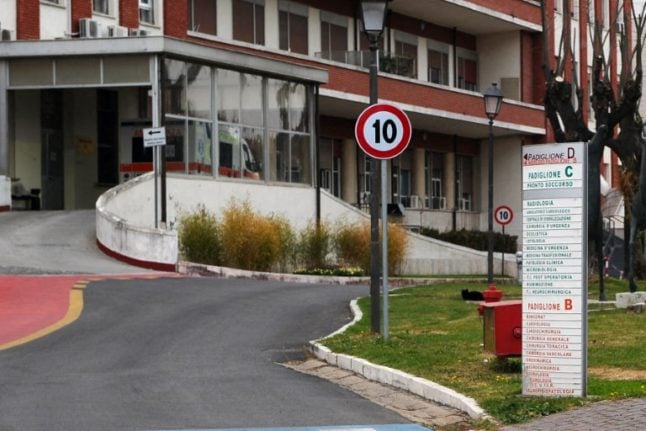As Italy continues to struggle with a worsening coronavirus situation in many parts of the country, the health ministry announced the regions of Campania and Tuscany will be designated high risk “red zones”.
Three more regions, Emilia Romagna, Friuli Venezia Giulia and Marche went from being yellow to medium-risk orange zones.
Health Minister Roberto Speranza will sign an ordinance on Friday night, and the new restrictions come into force on Sunday November 15th.
AT A GLANCE: What are the coronavirus rules in my part of Italy now?
The change means Italy's regions are now divided into the following categories:
Red (high risk) zones: Calabria, Campania, Tuscany Lombardy, Piedmont, Valle d'Aosta, autonomous province of Bolzano (also known as Alto Adige/South Tyrol).
Orange (medium-high risk) zones: Abruzzo, Basilicata, Liguria, Puglia, Sicily, Marche, Umbria, Emilia-Romagna, Friuli-Venezia Giulia
Yellow (moderate risk) zones: Lazio, Molise, Sardinia, Veneto, autonomous province of Trento (Trentino).
I've been updating this map of Italy's Covid-19 risk zones for 9 days now and the yellow parts are rapidly disappearing… https://t.co/XLvGCzhOKQ pic.twitter.com/RY9bU3tFwU
— Jessica Phelan (@JessicaLPhelan) November 13, 2020
The health ministry announced the new classifications as it revealed the latest national health data on Friday evening.
Italy recorded 40,902 new infections in the past 24 hours according to health ministry figures.
READ ALSO: 'We are afraid': Naples residents prepare for new restrictions as hospitals overwhelmed
This was the highest daily number yet. Italy also carried out the highest number of tests yet, at 254,908.
There were 550 more deaths in the same period.
There are now 3,230 patients in intensive care in Italy, and more than 33,000 people are now in hospital – around the same number as during the peak of the first wave, in April.
Red zone regions are under the maximum restrictions after Italy introduced its three-tier system last week.
The government has now updated the regional system twice since it was introduced on Friday November 6th.
Tuscany was declared on orange zone on Wednesday, while Campania had been designated a yellow zone until now.
READ ALSO: ‘No plan, just hope’: How is Italy going to get the second wave under control?
Ministers bumped up five regions from yellow to orange zone restrictions on Wednesday, after Monday's weekly monitoring report from the Ministry of Health and the Higher Health Institute (ISS).gave a worrying picture of the coronavirus situation across the country.
Veneto has declared itself “yellow plus” and, along with Emilia-Romagna and Friuli-Venezia Giulia, will introduce new regional ordinances urging residents to avoid exercising or simply strolling on the streets of their town centres.
Q&A: Your key questions about Italy's coronavirus rules answered

Central Milan stands near empty after the region of Lombardy was declared a red zone on Friday November 6th. Photo: AFP
An epidemic is defined as 'out of control' “when positive cases exceed one percent of the population, and (on Wednesday) we broke through the threshold of one percent of the population currently being infected with Sars-Cov-2,” Dr Nino Cartabellotta, head of Italy’s evidence-based medicine foundation, Gimbe, told reporters on Thursday.
READ ALSO: Where to find the latest Covid-19 information for your region of Italy



 Please whitelist us to continue reading.
Please whitelist us to continue reading.
Member comments